Driven Hunt
Here are the benefits of wool when hunting
Next to leather, wool is one of the oldest materials used by humans for making clothes. Despite the development of technology and science, it remains one of the best and most frequently chosen materials by hunters.
When we look at prehistoric paintings left in caves thousands of years ago, it is hard not to notice that in many ways we are very similar to our ancestors who immortalized their adventures on the rock.
Of course, it's been a long time, technology has developed, and we don't need to hunt to survive anymore. But still, we haven't changed as much as we'd like to believe. Just like them, we love to hunt with friends and brag about our achievements by the fire. Just like them, we like to eat venison and spend time outdoors. And for many of us, an activity that people consider merely as a hobby is still the most important thing in life.
Okay, but what about progress, achievements in engineering, science? What about centuries of experience? Today we can see game in complete darkness, hit a fly from half a mile away, and use projectiles that almost guarantee the animal will drop in its tracks. Yet all of the above matters less than you might think. Of course, no one in their right mind would go hunting with a pointed stick. But… you can’t deny there is a growing interest in bow hunting, can you? And of all available forms of pursuing wild animals, the driven hunt is surely the most primitive, with its’ close-up situations and dynamically changing scenarios. But it is also probably the most exciting and attractive to modern hunters. We haven’t changed much over the millenniums, have we?
Someone might say – but our clothes are way different! None of us would like to go to the woods anymore with some hairy animal fur slung over our shoulder. True, but many prefer wool over all the modern inventions, space technologies, membranes, and synthetic materials. Not because they are traditionalists wandering in the fog of nostalgia, but because the natural yarn still works wonders.

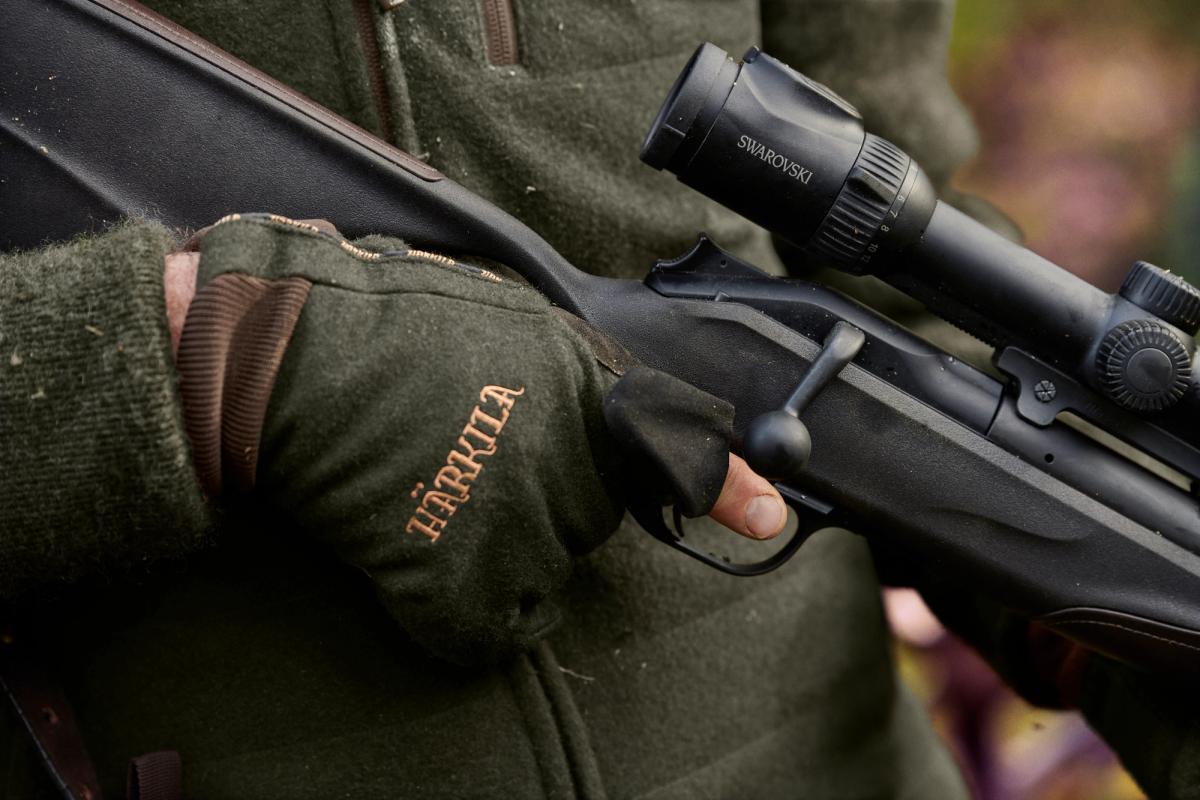
“Many prefer wool over all the modern inventions, membranes, and synthetic materials. Not because they are traditionalists, but because the natural yarn still works wonders.”
What makes good hunting clothes?
Let's consider this for a moment. Our clothes must be functional and fulfil their role. Most of us would also like to look chic and stylish, but not at the expense of the practical aspects. None would argue that the outfit has to provide comfort and improve effectiveness during hunting.
Hunting very often takes place in unfavourable weather conditions. Apart from the few outings where the sun seems to caress you, the weather will tell you that you should have stayed at home. It could be the rain, it could be the wind, it could be the low temperatures. Sometimes all of the above.
So, what exactly do we expect from good hunting clothes?
Thermal comfort
Not getting cold is one of the most important challenges while waiting for game. One could, of course, put on many thick layers and look like a Michelin mascot, only then it would be rather difficult to move freely. What's even worse – in the event of increased physical activity, it is very easy to heat up, sweat and wet the clothes and in consequence lose the thermal comfort for good.
Thermal insulation must be effective – the layer of clothing as thin and light as possible, and responsive to the conditions. It should be able to receive the heat when you get hot. Only then will it fulfil its role regardless of the conditions.
Wool is warm, everyone knows that, but what is unique to this material, it can also help to cool down. This is why the sheep won’t overheat in the summer. Hair fibres transfer the heat, while the tiny pockets of air held between them work as thermal buffers. They will isolate from the cold outside but will also cool help to down when it’s hot.
Additionally, what is very important, wool has high warmth to weight ratio. A wool shirt is usually significantly warmer than a synthetic shirt of the same fabric weight.
Breathability
So-called breathability is an ability of a material to remove moisture from the air surrounding the body. It's not only about feeling comfortable, but also about keeping the right temperature.
Wool is naturally breathable. The air pockets not only can store heat but are capable also of absorbing large quantities of moisture vapour. This is why wool maintains a drier microclimate next to skin, keeping the wearer warm and dry.
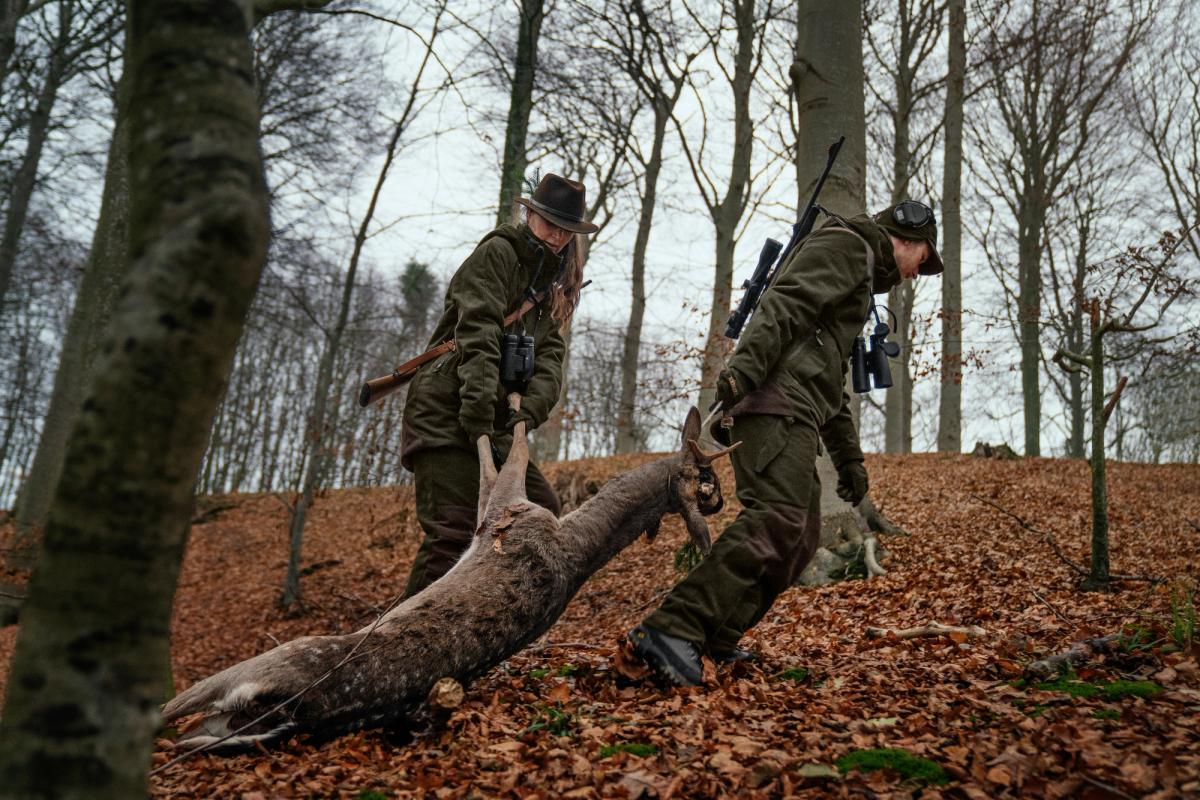
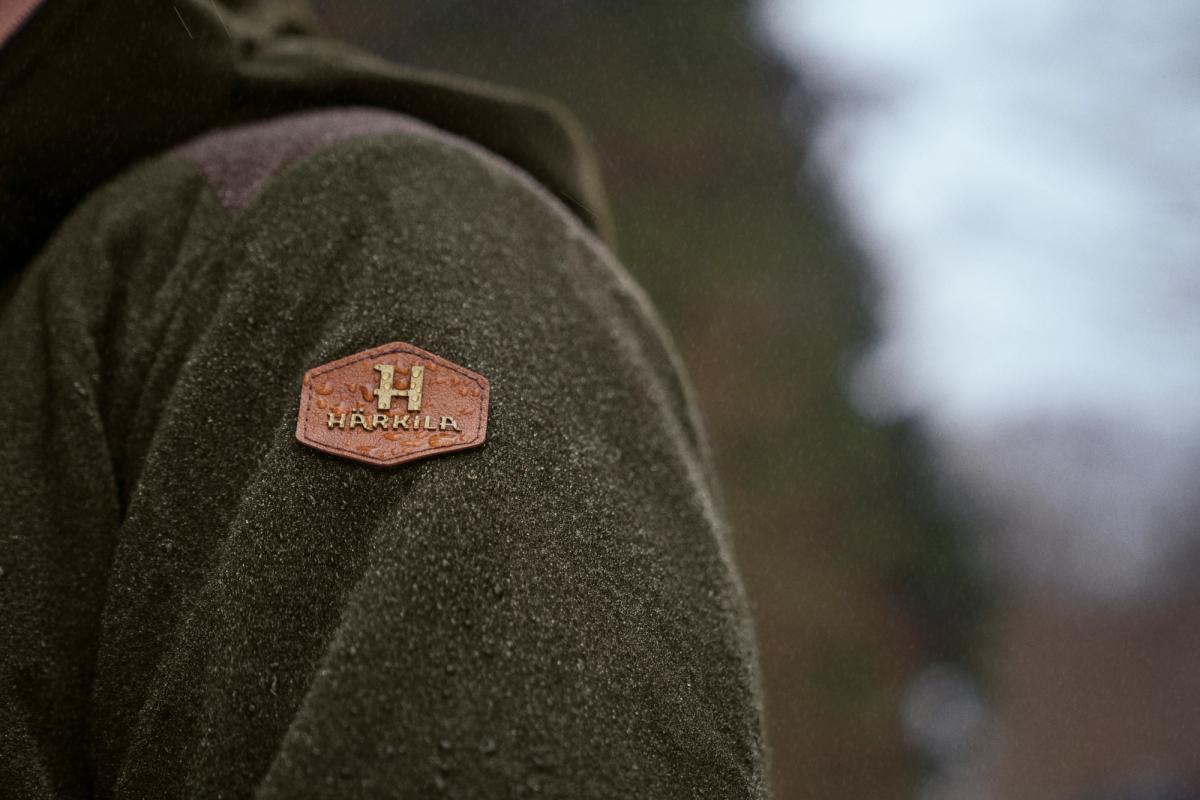
Moisture isolation
Although the epicuticle (the outermost layer of the wool fibre) repels water, it is not completely waterproof. Woollen clothes will get wet over time. What is unique about it though, is that thanks to its high absorbency (around 30% of its weight), it can hold moisture for longer than other fabrics and it will take more time for you to feel wet.
Quietness
There are many man-made materials that are superior to wool in some regards: they are stronger, tear-resistant or provide a better barrier against external moisture than wool. Some of them only allow moisture to pass in one direction – what a brilliant invention the membranes are!
Most synthetics, however, have an important disadvantage that is difficult to deal with: They are noisy. And the rustles and swishes not only scare the game, but also drive the hunter mad, even if there are no animals nearby that could run away.
I don't know a single hunter who wouldn't care if he makes a noise every time he moves. Every silent step taken during the stalk increases the hunter’s confidence and concentration, which contributes to success during the hunt. The wool is perfectly silent. It absorbs the noise. There is nothing better in that regard. Period.
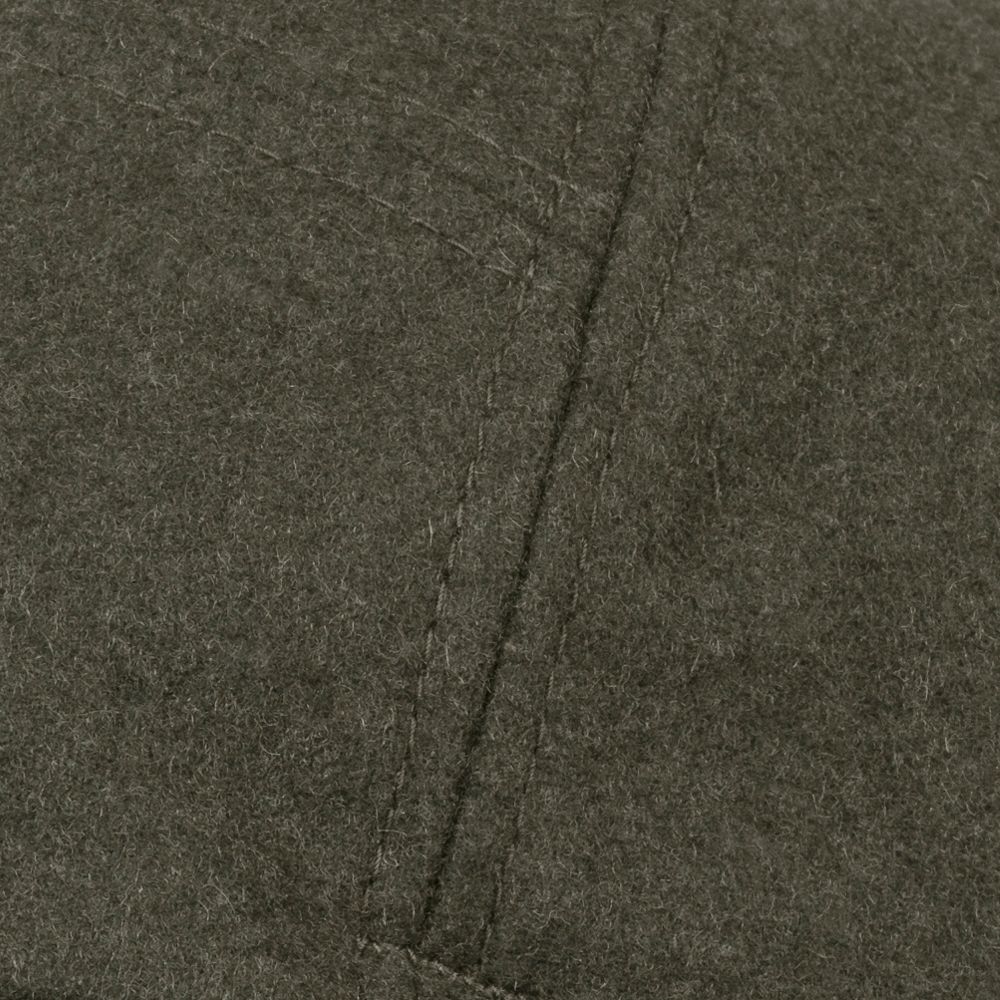
Odour isolation
Not only noise scares the game. Even worse is the smell of a man, which betrays him even when he is hidden from view and standing still in silence. This is where the problem of breathable materials comes in. They will help to get the sweat out, but also the body odour will come out with it.
This is one more area where the extraordinary properties of wool are revealed. While it absorbs the moisture from the skin, and therefore the sweat when we perspire, it is also able to absorb any odour from sweating, which is only released upon washing.
Fire resistance
It is impossible to separate hunting and fire from the very beginning. One goes hand in hand with the other. Sometimes we need a fire to warm ourselves up, prepare a meal, or just sit with friends in a pleasant atmosphere.
And here comes another weakness of modern materials – one spark is enough to melt a hole and deprive a jacket or trousers of its fanciness.
In result, which is much worse, it can ruin a hunting day. In extreme cases, getting too close to a fire in synthetic clothing, that easily ignites and melts, can result in severe burns.
Woollen fibres have very low flammability. Wool naturally extinguishes itself and will not catch on fire. It will also not melt or stick to your skin in extreme heat.

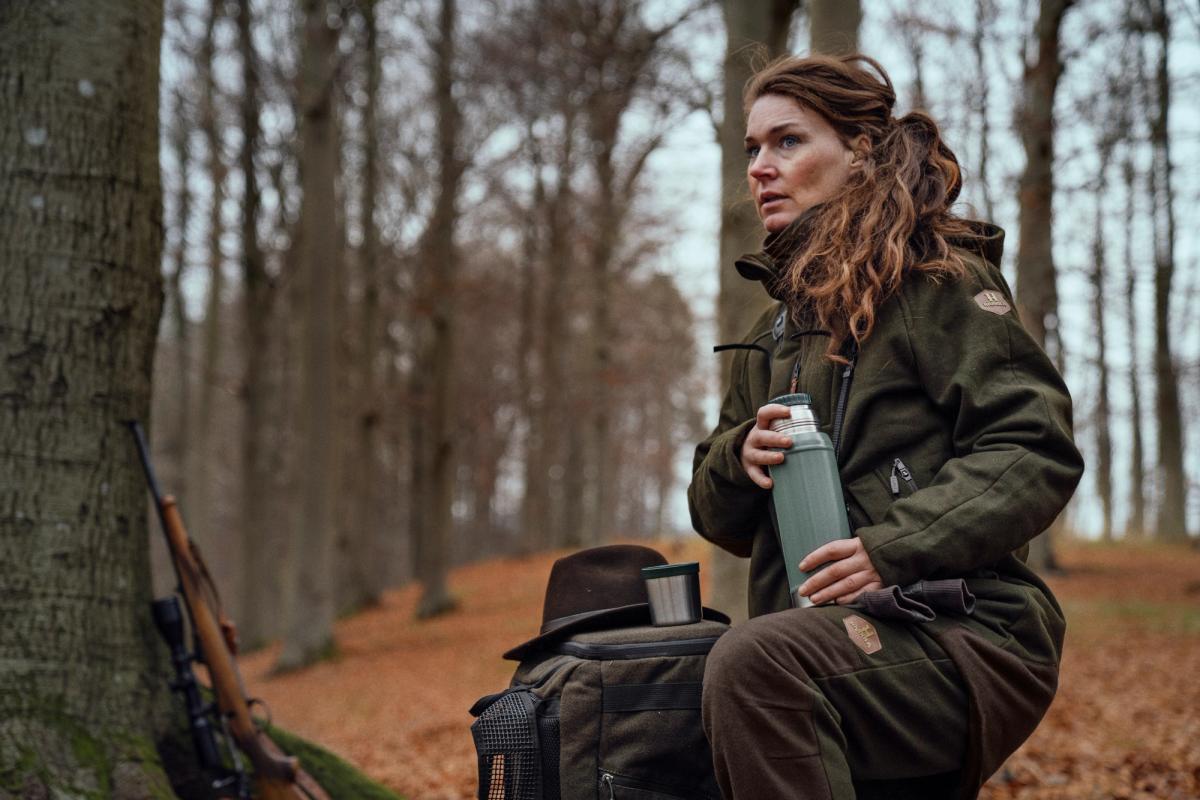
Environmentally friendly
A true hunter is also a conservationist and will care not only for the animals themselves, but also for their (and his or her own) environment.
Synthetic fabrics made from polyester, nylon, acrylic etc. contribute to ocean plastic pollution, by being washed. Woollen fabrics obviously do not shed micro plastics. Wool is natural, renewable and 100% biodegradable.
If we are to leave something behind for future generations, then, as in the case of our prehistoric ancestors, let it be art and not plastic waste.
The perfect material?
Is wool the perfect material? It has some disadvantages, including relatively low mechanical strength and limited water resistance. However, even in the most difficult weather conditions or during the most demanding activities, it is the perfect inner layer under a membrane or a layer of protective material.
All in all, despite the enormous development of technology, it is really difficult to beat the good old wool.